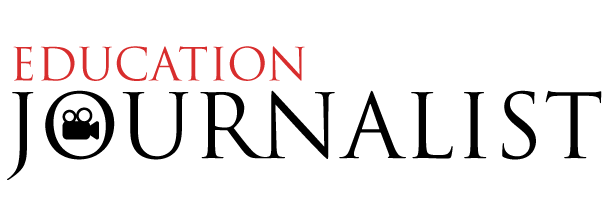Today, the World Health Organization (WHO) takes a significant step in the global fight against acute malnutrition in children under 5. The launch of its new guideline on the prevention and management of wasting and nutritional edema marks a crucial milestone.
A Persistent Global Issue
Despite commitments to achieve the Sustainable Development Goals (SDGs) by 2030, acute malnutrition remains a pressing concern. In 2022, an estimated 45 million children under five worldwide suffered from this condition, emphasizing the need for comprehensive strategies.
Treatment Challenges
While treatment coverage for severe acute malnutrition (SAM) increased in 2022, many affected children still lack access to the full care they need for recovery. This highlights the ongoing challenges in delivering effective solutions to the most vulnerable populations.
The Global Action Plan (GAP)
The Global Action Plan on child wasting identified the necessity for updated normative guidance. In response, WHO developed a groundbreaking guideline offering evidencebased recommendations and good practice statements, with forthcoming guidance and tools for implementation.
WHO Director-General’s Perspective
Dr. Tedros Adhanom Ghebreyesus, WHO Director-General, emphasizes the guideline’s role in supporting countries to prevent and manage acute malnutrition. He calls for increased integration of nutrition services into health systems and the strengthening of these systems, presenting a more comprehensive approach than ever before.
Holistic Recommendations
This WHO guideline is the first to focus on both prevention and management of acute malnutrition. It underscores the importance of investing in both aspects to truly impact the prevalence and negative consequences of acute malnutrition on children and their families worldwide.
Key Guideline Recommendations
1. Child-Centered Approach: Emphasizes caring for mothers and their infants as an interdependent pair.
2. Breastfeeding and Nutrient-Dense Diets: Recognizes their critical role in both prevention and management.
3. Community Health Workers: Highlights their significant role in providing evidencebased care for children with acute malnutrition.
Collaborative Implementation
WHO collaborates with UNICEF and other UN agencies for the practical implementation of the guideline. Operational guidance is being developed to aid policymakers, program managers, and health workers. Regional and country workshops aim for broad stakeholder involvement in adapting global guidance to specific contexts.
Winding it up
As WHO propels this initiative forward, the fight against acute malnutrition gains new momentum. This comprehensive guideline signals a collective commitment to address the complex issue, fostering a healthier future for children worldwide.



